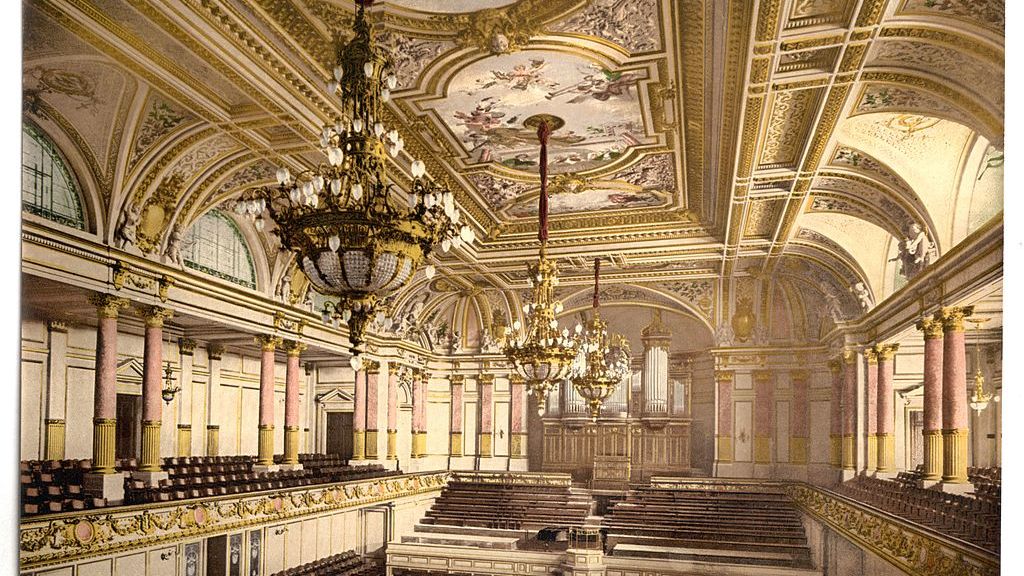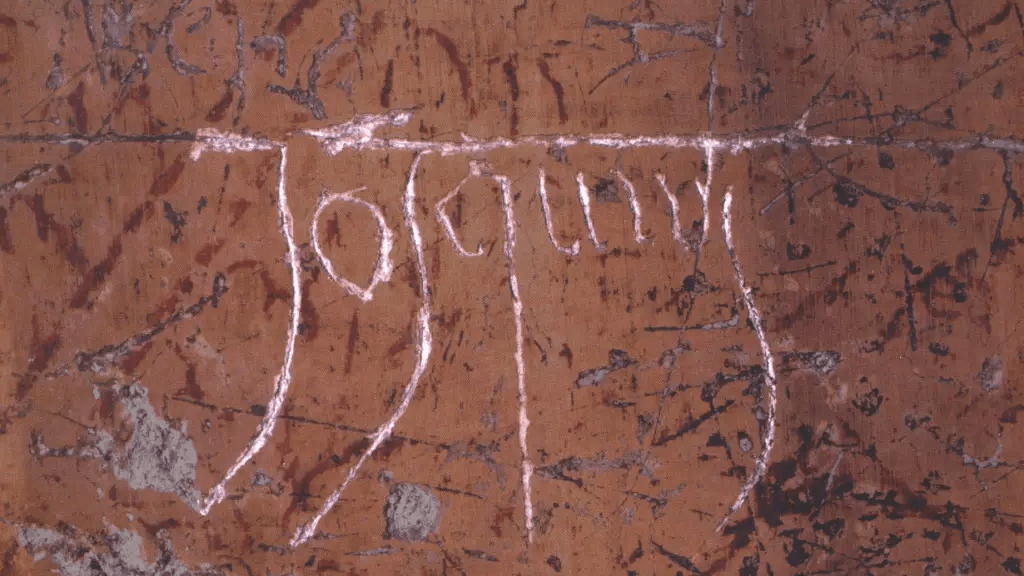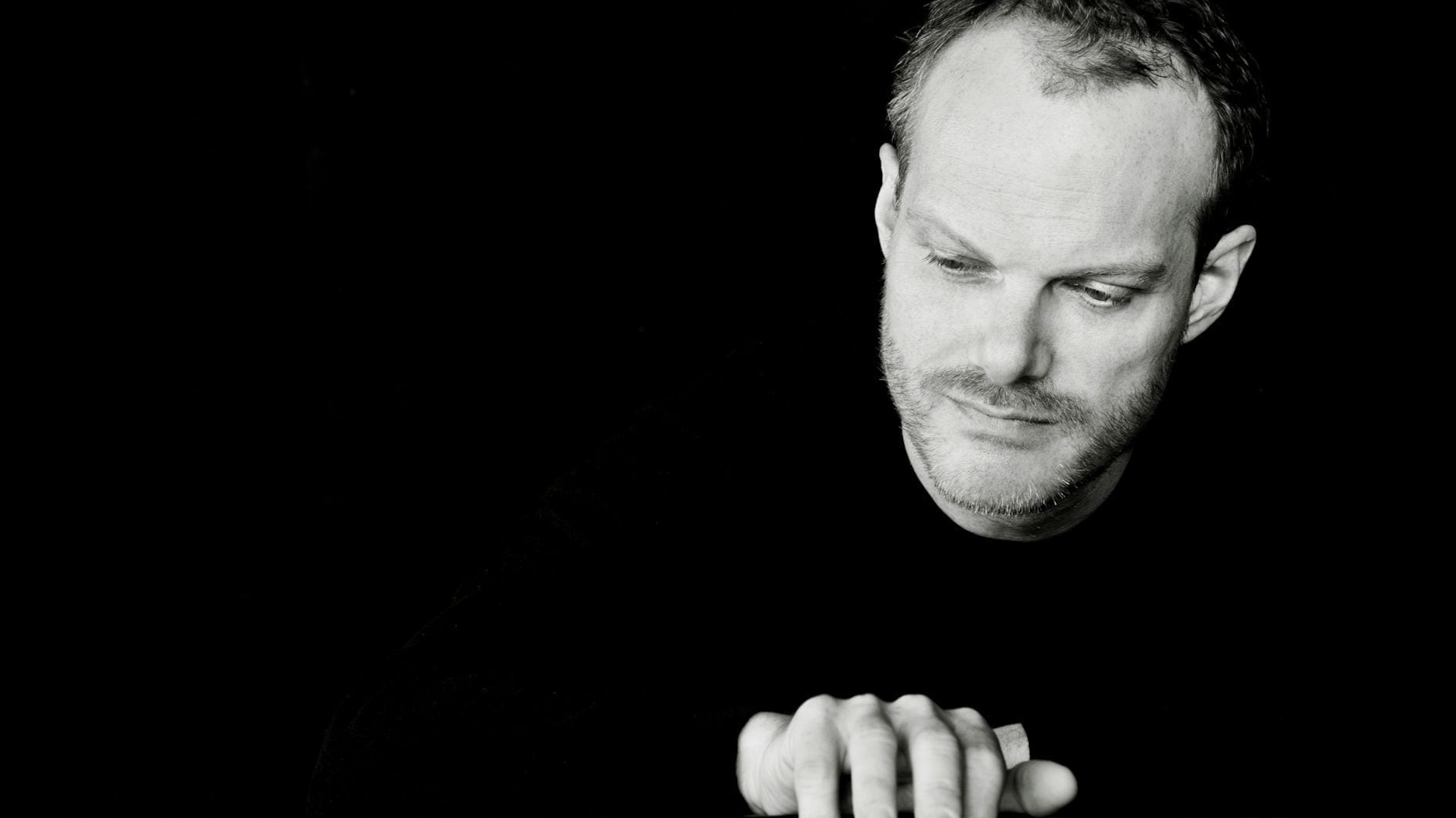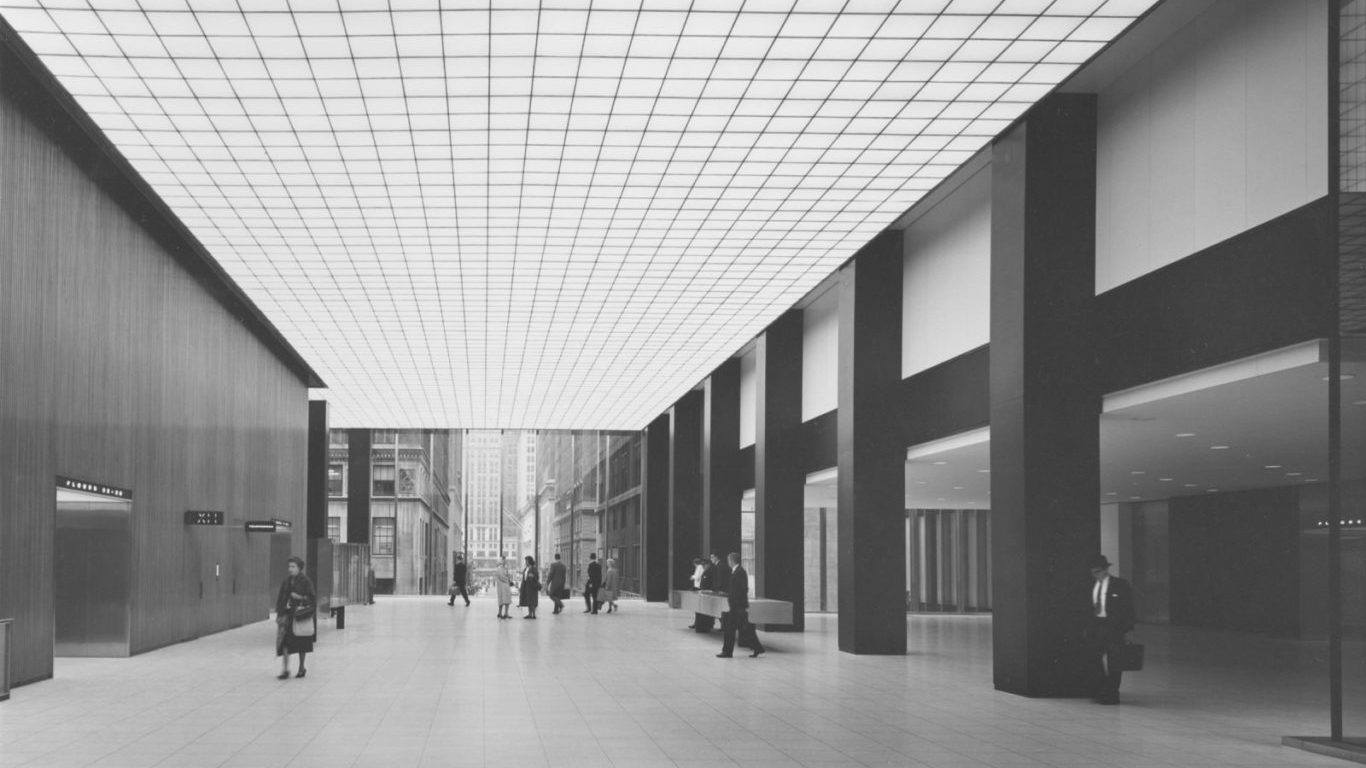Fauré’s Piano Quartet No. 1 in C Minor: Color and Motion
Gabriel Fauré’s Piano Quartet No. 1 in C minor, Op. 15 inhabits a magical world of shimmering colors and buoyant, effortless motion. Amid the emotional excesses of nineteenth century Romanticism, this is music made up of pristine lines and classical elegance. It unfolds with a sublime simplicity and directness. Its expression arises from a kind of emotional detachment. Set in the sunniest and most blissful C minor imaginable, undercurrents of quiet lament …







